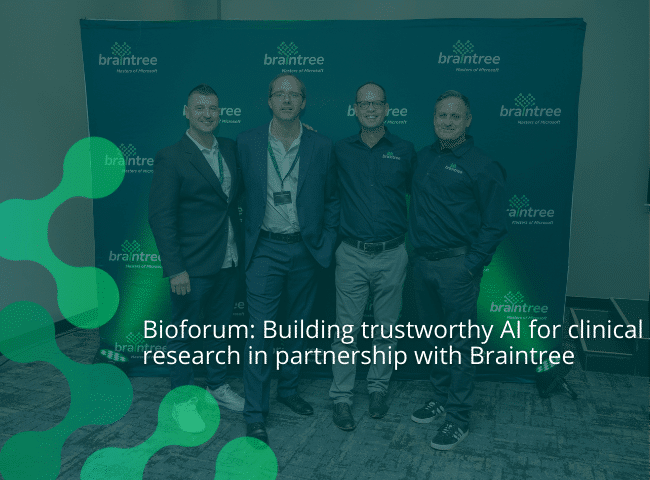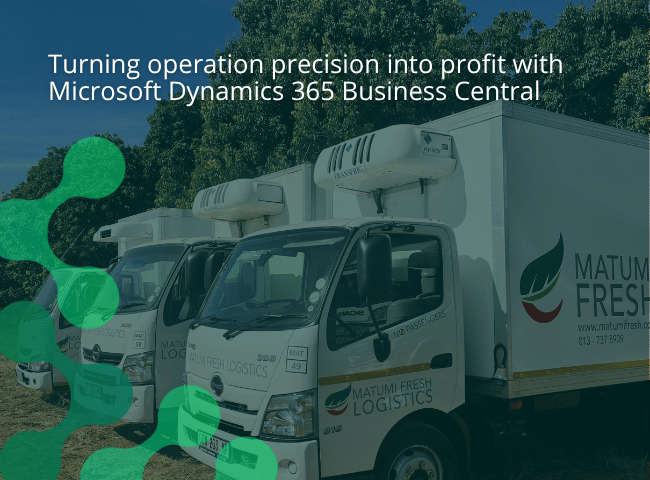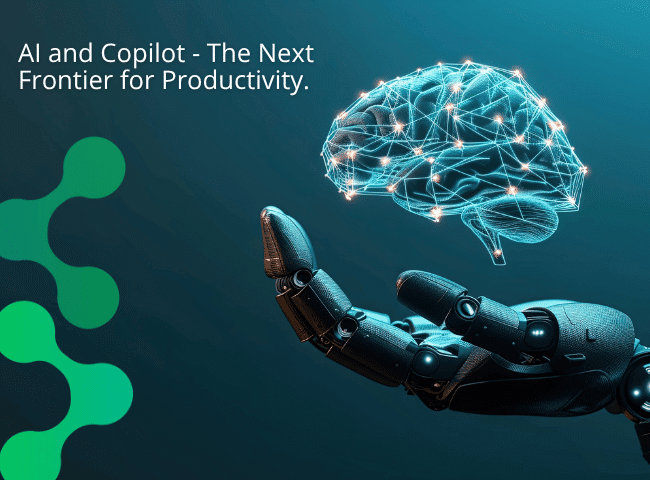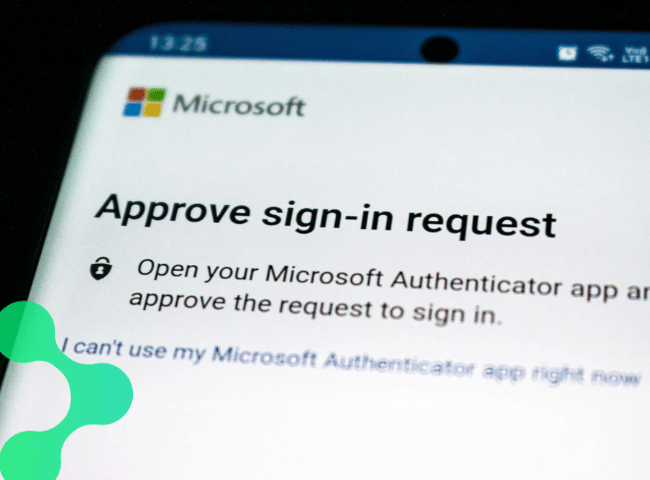Eldon Bothma, Sales Executive, and Hayley Blane, Dynamics 365 CE Practice Head and Solution Architect, at Braintree discuss how digital transformation can put the business in digital quicksand
For many South African companies, the promise of digital transformation comes with an unwelcome problem: getting sucked into a quicksand ecosystem that never lets you escape. Stuck in contracts. Stuck in complexity. Stuck with software that isn’t doing as it promised. A significant percentage of customer relationship management (CRM) project risk, says Forrester, stems from issues around technical integration (48%), lack of business process design (31%), and not structuring solutions to fit unique needs (21%). A 2025 report by Ascend2 said the same thing – most companies feel like they are disconnected from their CRM system and not taking advantage of the full range of features, leaving them locked into expensive, underperforming platforms.
The Forrester study points to an ongoing trend in choosing features over usability which leads overly complicated systems that disengage users and don’t deliver value. For companies navigating CRM decisions in 2025, the stakes have to change. The risk isn’t choosing the wrong features or paying too much per user (although these remain important deciding factors), but in being locked into a system that underperforms, over charges and limits business growth and agility. Which is completely counterintuitive.
A CRM system should be a strategic asset that helps companies personalise engagement, drive sustainable growth, create unified customer views, access insights, and define business approaches. As IDC says, it is a tool capable of providing unprecedented insights and automation. A sentiment echoed in a 2024 systematic review of 46 different studies which found that a good CRM implementation can lead to up to 40% in customer retention and a 15-30% increase in sales.
These systems sit at the centre of customer engagement, compliance, marketing and business intelligence. However, in South Africa, many companies remain anchored to server-based environments, cautious of the cloud and unsure of how to access the value of newer technologies such as AI within CRM. Companies are concerned about data sovereignty, security,
cost unpredictability and diminished control as cloud solutions gain traction, but the truth is that the platform isn’t the problem, it’s the approach.
Companies often fall into the trap of deploying a CRM system based on its availability, pricing or perceived market standard, only to discover it cannot scale, support compliance or integrate meaningfully across departments. Some attempt to implement CRM systems themselves using free or entry-level tools without guidance and support, which compromises their long-term vision and results in siloed data, frustrated users and a system that adds more operational costs than benefits.
Pulling the business out of the quicksand starts with stepping back from technology decisions and focusing instead on structural alignment. Your CRM needs to be evaluated as an enabler of strategic priorities and not as a standalone system so you need to start with a clear understanding of your business objectives, user experience and expectations, data security obligations and long-term scalability requirements. It’s key to map out what success looks like before implementing a CRM platform and choosing a CRM model that fits the maturity of the business – don’t assume an appetite or budget for features that will be never used.
Immediacy and ambition need to be balanced. Companies are all at different stages of growth and CRM requirements to finding the right fit means finding a balance between where you are right now, and where you want to go tomorrow. Rapid deployment models, such as fixed-scope implementations with known costs and clear timelines, are a very practical way of moving into a CRM solution as they remove the guesswork, reduce upfront costs, and allow you to stage your optimisation based on real-world usage.
This phased approach is really beneficial for companies wanting to step smoothly into a reliable CRM system and still have the space to experiment with AI, automation or any other new technology tools. While global CRM vendors are adding Copilot tools and predictive features, most companies are still building confidence in their core processes, so the focus comes down to a secure, stable CRM foundation that gives you the space to grow when your business is ready.
If Indiana Jones can escape the quicksand, so can your business. It comes down to revising your approaches and insisting on clear pricing, shared accountability, and measurable value and investing into a CRM that can evolve with you and the market.








